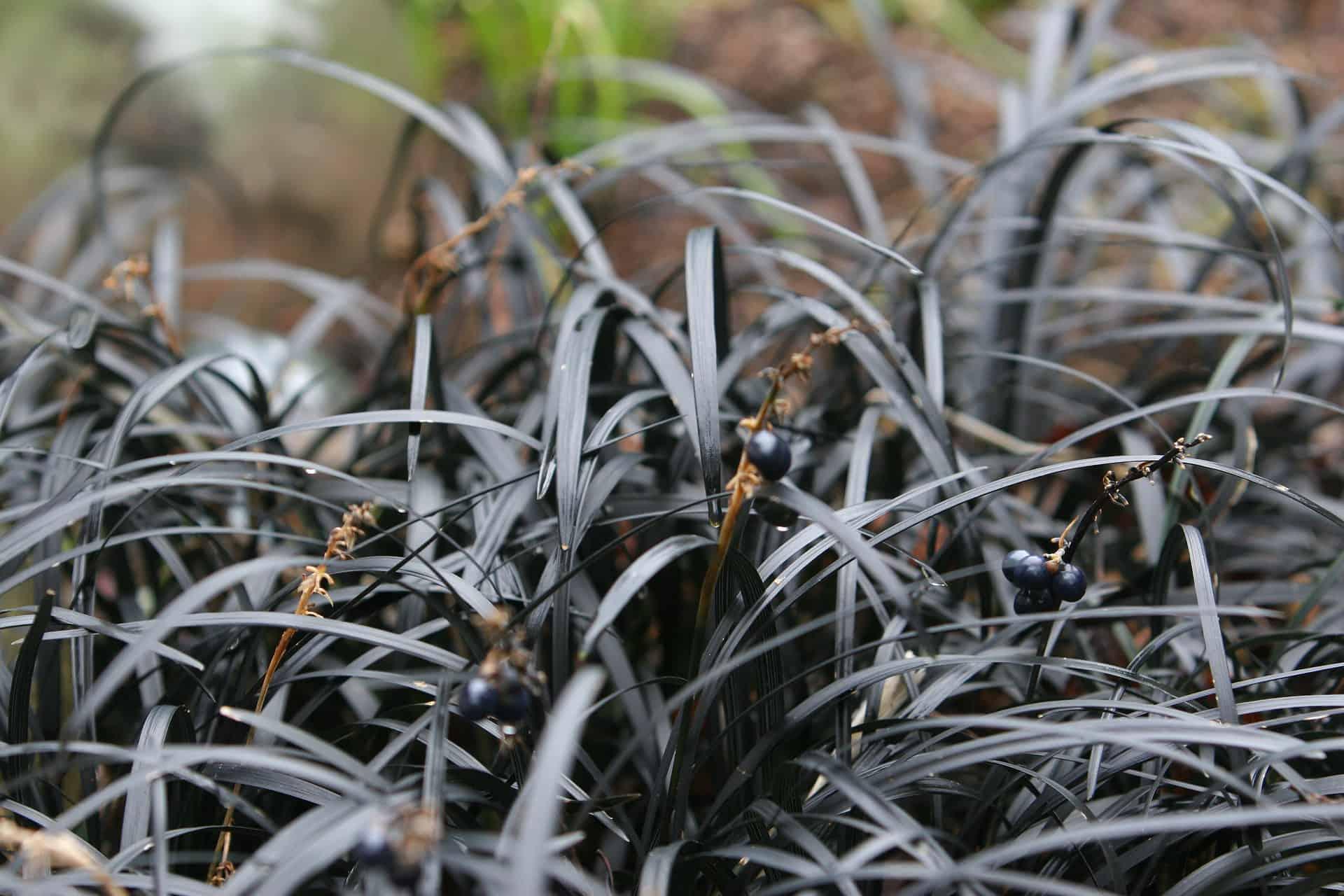Are your cucumber leaves turning white? Don’t worry, there’s a simple cause behind it, and I have an easy solution to fix it! Plus, I’ll share preventive measures to ensure your leaves stay healthy next season.
Understanding the Culprit: Powdery Mildew
Powdery mildew is the fungus responsible for turning cucumber leaves white. It appears as a powdery substance on the leaves, resembling talcum powder. But don’t fret, you can easily treat it and save your growing cucumbers if you catch the fungus in time.
Powdery mildew is also easy to prevent, ensuring that your cucumbers and other warm-season plants in the cucurbit family remain free from this fungus. I’ll discuss prevention measures later in the post, so stay tuned!
Why Are Cucumber Leaves Turning White Around the Edges?
Powdery mildew typically starts attacking the edges of cucumber leaves first. If left untreated, the white spots continue to spread inward until the entire leaf is covered and appears white.
While the white fungal spores don’t spread to the cucumbers themselves, the advanced stages of powdery mildew can prevent sunlight from reaching the foliage. This hampers photosynthesis and slows down plant growth. Additionally, it can lead to dropped leaves and the production of fewer, smaller, and poorer-quality cucumbers. Exposure to direct sunlight also increases the risk of sunburn and pest attacks on the cucumbers.
Why Are Cucumber Leaves Turning White After Transplant?
Transplanted plants typically experience a temporary slowdown in growth known as “transplant shock.” However, if the leaves turn white after transplanting, it may indicate root or stem damage. In most cases, it signifies an attack by powdery mildew. If you have had plants affected by powdery mildew in the same location in previous years, the white leaves on new transplants are likely caused by spores lurking in the soil.
Why Are My Cucumber Seedlings Turning White?
If your cucumber seedlings were initially healthy and green but suddenly turned white, it’s probably a fungal problem. The overwintering powdery mildew spores in the garden soil or debris on top of the soil become active with the arrival of warm spring weather. These spores then attack the newly sprouted cucumber seedlings.
What Causes White Mold on Cucumber Leaves?
White mold, also known as white powdery mildew, is caused by fungi such as Sphaerotheca fuliginea and Erysiphe cichoracearum. The fungus appears as white, powdery spots on the leaves. Shady growing conditions, poor air circulation, and soggy soil contribute to the development of white mold on cucumber leaves.
How to Get Rid of Powdery Mildew?
To get rid of powdery mildew, you can create a DIY organic spray using baking soda and vegetable oil. Mix 1 teaspoon of baking soda in 2 liters of water, then add 4 drops of vegetable oil to help the spray stick to the plant leaves. Spray the mixture on cucumber leaves at the first sign of white spots and also apply it to the soil around the plants.
Another option is to mix a teaspoon of liquid dish soap into a quart of water and spray it on the leaves and surrounding soil.
If you prefer commercial products, there are several fungicides available that effectively eliminate powdery mildew. You can easily find them online, on platforms like Amazon.
How to Prevent White Powdery Mildew on Cucumbers?
Here are four tips to prevent powdery mildew from affecting your cucumber plants:
-
Plant cucumbers in a sunny location: Cucumbers need full sun for most of the day. Shaded plants are more prone to fungus development.
-
Provide proper spacing: Space cucumber plants apart to allow for good air circulation. The large leaves and sprawling vines can create a tangled mess that hinders air movement. A sturdy trellis can also help keep the vines organized.
-
Reduce the number of plants: Just a few healthy cucumber plants can yield an abundant harvest. Overcrowding increases the risk of powdery mildew.
-
Choose mildew-resistant varieties: Start with seeds or plants that are known to have mildew-resistant traits. This significantly lowers the risk of fungal attacks in your home garden.
4 Tips to Prevent Powdery Mildew Spores from Over-Wintering in Soil
-
Clean the soil: At the end of the gardening season, clean the soil to prevent fungus spores from over-wintering. Remove all plant debris and rake the soil surface to eliminate anything that could trap moisture.
-
Remove old plants: Discard the plants in the compost pile if they are disease and pest-free. Remove them from the soil to eliminate potential sources of powdery mildew.
-
Use ground cinnamon: Sprinkle ground cinnamon on the soil and work it in. Cinnamon acts as an organic fungicide, killing any remaining mildew spores and preventing new ones from growing.
-
Plant a winter cover crop: After preparing the garden soil, plant a winter cover crop such as kale, mustard, turnips, or clover. These crops prevent soil erosion and improve fertility, contributing to healthier soil conditions. Avoid fertilizing the winter crops, as excess fertilizer promotes fungal growth.
Conclusion
Having white cucumber leaves can be distressing, but it’s a fixable problem. Early detection and swift action, whether through DIY or commercial products, are crucial to eradicate powdery mildew. Remember to take preventive measures in future growing seasons to keep your cucumber plants healthy and thriving.
What do you do when your cucumber plant leaves turn white? Let me know in the comments below!
Happy Growing 🙂
With Love,
Ana




